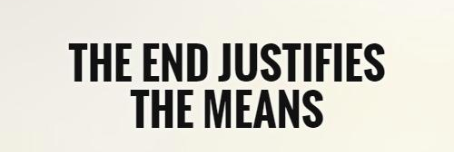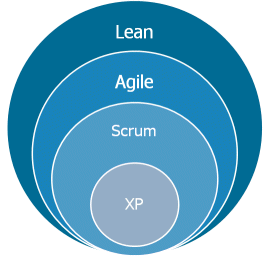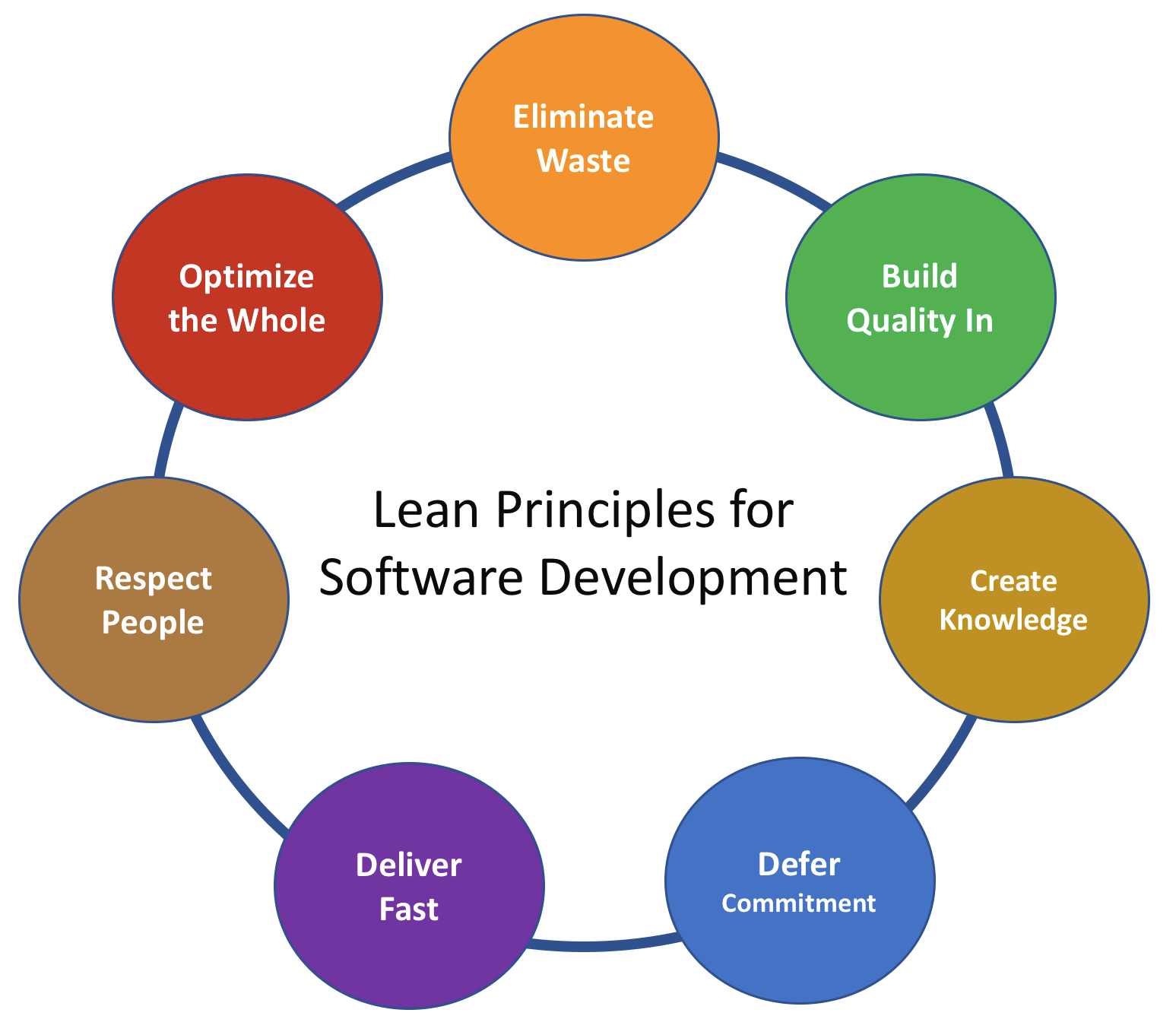Opportunity identification and ideation are two most exciting aspects of Product Management. The impact of a Product Manager can be measured by how they maximize the value of the investment towards an idea/opportunity.
Every idea needs to be backed by data. However; it is not uncommon for Product Managers to arrive at a idea or solution based on intuition and gut feel. The question that needs to be asked in such scenarios is, how can Product Management leaders ensure they do the due diligence before throwing the idea over the fence for implementation? In most cases, the level of analysis done in support of an idea or opportunity is inversely proportional to the level at which the idea is conceived. In some cases, ideas are biased based on how higher up in the hierarchy they are conceived. The problem worsens when a product leader starts to react to customer needs and market signals causing constant shift in the strategy and decisions. This is where idea/opportunity narrative can be helpful.
Why write idea/opportunity narratives?
Narrative writing is a holistic approach to idea/opportunity definition. A narrative paints a vivid picture of how the product can improve the customer’s life or solve a problem. Each part of the narrative encourages a well thought out and evidence-based definition. Narrative writing can be looked as way to confirm or deny decisions based on instinct or experience, backed by data.
Narrative structure
An opportunity/idea narrative is not a requirements document. It is a light weight (a one to two pages document), focused on answering the following questions in as few words as possible. The structures provided below are for guidance purpose only. What is important is to understand the intent behind each section and find whatever structure suits you the best. Let’s look at different questions one needs to answer for a complete and effective narrative.
Customer problem
Looking at a problem from the eyes of the customers is the starting point. The problem can be for an external or internal customer. For example; the time taken for the customer waiting in line to check-out at a retail store during a sales event versus the number of associates a retail store needs to hire to cater to the high traffic during a sales event.
A problem can be framed using the structure below:
<Today……>
<Have to…….>
<When……>
<Which…….>
Example:
Today, customers wanting to shop at a retail store
Have to wait in long check-out lines
When shopping during a sales event
Which negatively impacts their shopping experience and sometimes forces them to abandon purchase and go to other retail stores for their shopping needs
The same problem can be written from a business perspective:
Today, brick and mortar retail stores
Have to recruit additional staff and deal with abandoned purchases
When dealing with long check-out lines during major sales events
Which negatively impacts customer experience and bottom line
Opportunity
Opportunity definition is bold yet crisp definition of the customer experience and business value with a positive connotation to the customer problem. The opportunity description should not be limiting and must encourage innovative ideation.
The opportunity may start with a “how might we…” statement. For example:
How might we eliminate the check-out process all together.
This opportunity definition can address the problem for customer and business in the retail store scenario.
Solution
This is a high-level view of the solution that provides insight into the “how” of the solution. The solution description can include the solution concept, and technology to be used. When written well, key objectives can be determined through the solution description.
The solution description can follow the below structure:
<We will…..>
<By Using….>
<So that….>
For example:
We will eliminate the need for our customers to stand in a check-out line all together.
By offering AI enabled smart carts to offer self-checkout option
So that customers don’t have to wait in line and can self-checkout in a minute or less
The solution description becomes an input to subsequent detailed solutioning discussions.
Customer impact hypothesis
This is a hypothesis about the outcomes that the idea will drive for the customers. This hypothesis is based on current data trends and the impact the solution will create in future. Customer hypothesis can follow the below structure:
<Today…>
<Resulting in….>
<With…..>
<We expect….>
Example:
Today, customers spend 12 to 25 mins waiting in the check-out line during sales events
Resulting in frustration and 8% abandonment of cards and loss of ~12% foot traffic to competition
With AI capable smart shopping cards
We expect to cut down the check-out process to less than one minute
Business impact hypothesis
Similar to customer hypothesis, business hypothesis focuses on outcomes but from a business perspective. Business hypothesis can follow a similar structure:
Example:
Today, customers spend 12 to 25 mins waiting in check-out line during sales events
Resulting in frustration and 8% abandonment of cards and loss of ~12% foot traffic to competition
With AI capable smart shopping cards
We expect to cut down the check-out process to less than one minute for the customers by November, 2023 reduce cart abandonment rate by 75% and, improve loss of customers to competition by ~60%
A narrative is deemed complete once the above-mentioned questions have been answered.
The last part of the narrative focuses on anticipating potential objections, doubts, and questions customers, and business stakeholders may have about the idea through customer and business FAQs. Some sample questions for the smart-cart idea are captured below:
Customer FAQs
· When will AI enabled smart carts be available at the stores?
· Will a mobile app be mandatory to use a smart card?
· Can I shop using a smart card without having to share my credit card information in the app?
· Will I be charged to use the smart cart?
Business FAQs
· What is the cost breakdown for each smart cart including hardware and software?
· When do we plan to recoup the investment?
· Can we offer smart-cart technology to other retailers?
· How would we know that the product is meeting business objectives and key results?
· What market research been conducted to assess the appetite for a smart cart?
· How do we know that smart-carts will solve the problem?
FAQs about narrative writing
Q. When should a narrative be written?
A. A narrative can be written as soon as a potential idea/opportunity is identified. Given ideas originate anywhere and anytime, a narrative helps assess all aspects of the idea and ensures just enough up-front analysis to confirm desirability and feasibility before any committing to it.
Q. Who writes the idea/opportunity narrative?
A. The narrative is best written by the mind conceiving the idea to reduce the cycle time to get it on paper. The higher the level conceiving the idea, the most important it becomes for the individual to write the narrative. For example; if the Chief Product Officer (CPO) has an idea, s/he should write the narrative instead of delegating it to the others. Adequate help can be solicited for any data to have a outcomes hypothesis that is based on research and data.
Q. How long should a narrative be?
A. A narrative should be 2 pages or less. This forces author to keep each section crisp and to the point. Short narratives are also helpful in establishing alignment when it comes to gathering stakeholder feedback where narratives can be shared ahead of time for discussion or read silently before any feedback is shared.
Q. Are any parts of the idea/opportunity narrative optional?
A. Not initially. I suggest following the prescribed structure till a few narratives have been written and the value of each section is understood. Once you have a better way to capture the information required, change things by all means.
Q. What are some idea/opportunity narrative anti-patterns?
A. Following are some idea/opportunity narratives writing anti-patterns:
· Narrative as an execution plan — A narrative paints a vivid picture of how the product can improve the customer’s life or solve a problem through a outcome based hypothesis. A narrative is not a promise to build or an execution plan.
· Narrative as a requirements document — A narrative is not a requirements document but is a high-level view of the idea/opportunity and solution. Once there is a decision to proceed, standard requirements process should be followed.
· Narrative to fix delivery timelines — A narrative is not a project plan with a date attached to it. A narrative should not mention a specific delivery date or timeline.
· Narrative to define objectives and outcomes — A narrative defines objectives and outcomes as a hypothesis. The hypothesis should not be taken as a promise to value delivery.

 There is knowledge base that connects the roots of Agile to Lean. Lean got its start from manufacturing and applying it to knowledge work required a mindset shift. Lean introduces a customer oriented flexible system for software development. Applying lean principles with scrum teams have shown some encouraging results.
There is knowledge base that connects the roots of Agile to Lean. Lean got its start from manufacturing and applying it to knowledge work required a mindset shift. Lean introduces a customer oriented flexible system for software development. Applying lean principles with scrum teams have shown some encouraging results.
